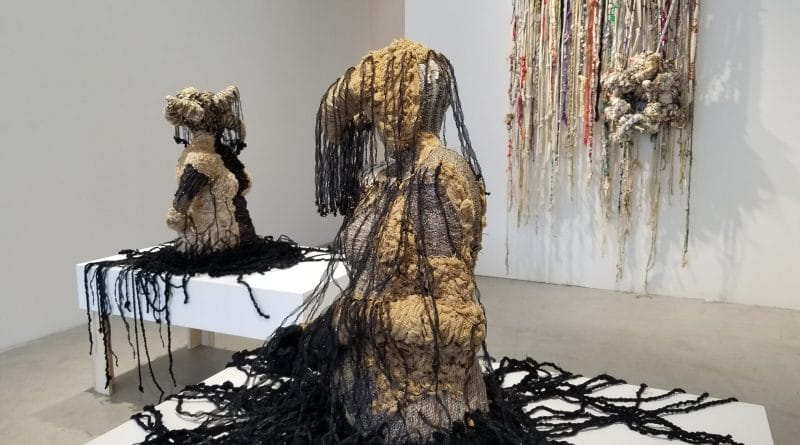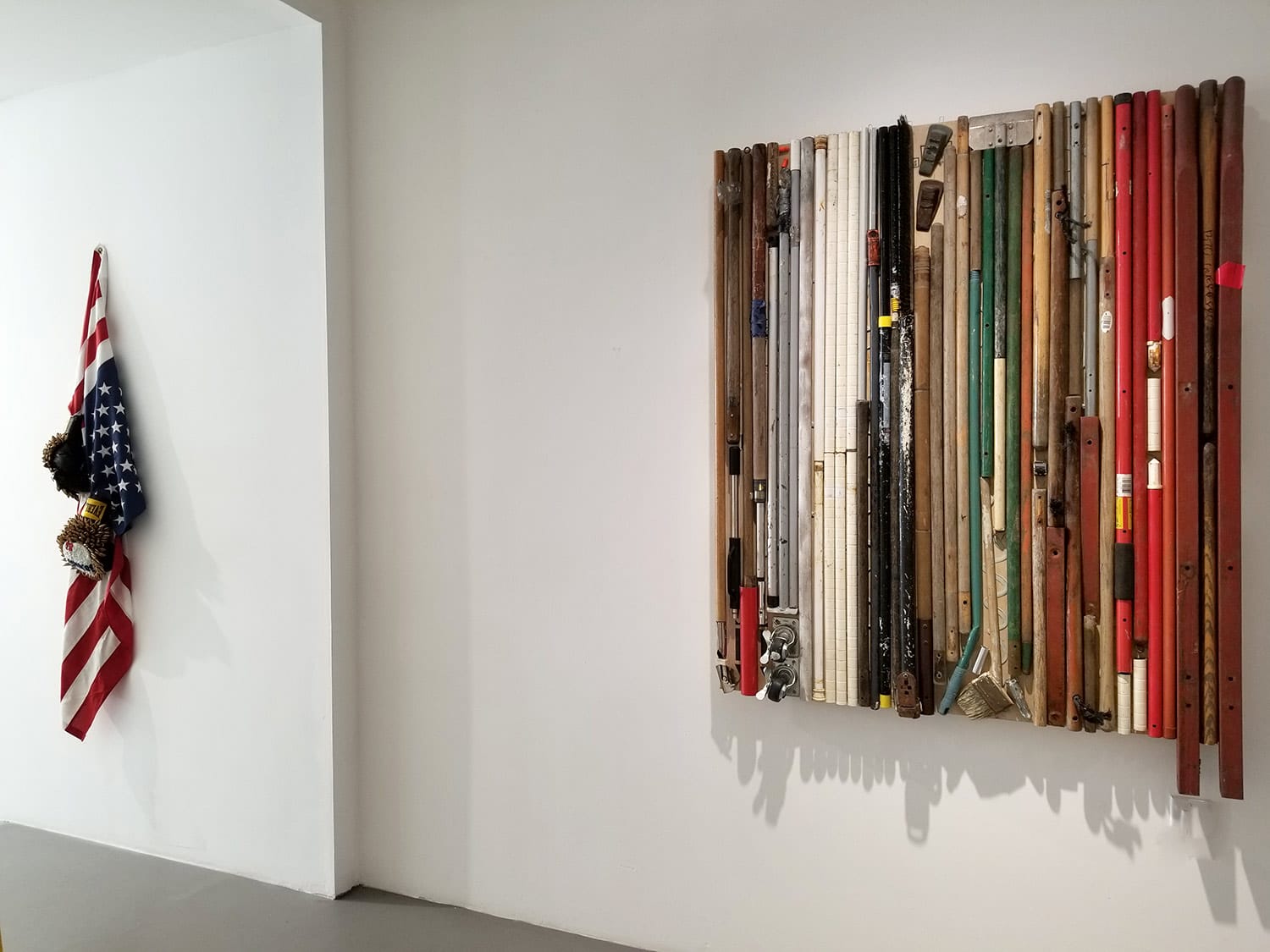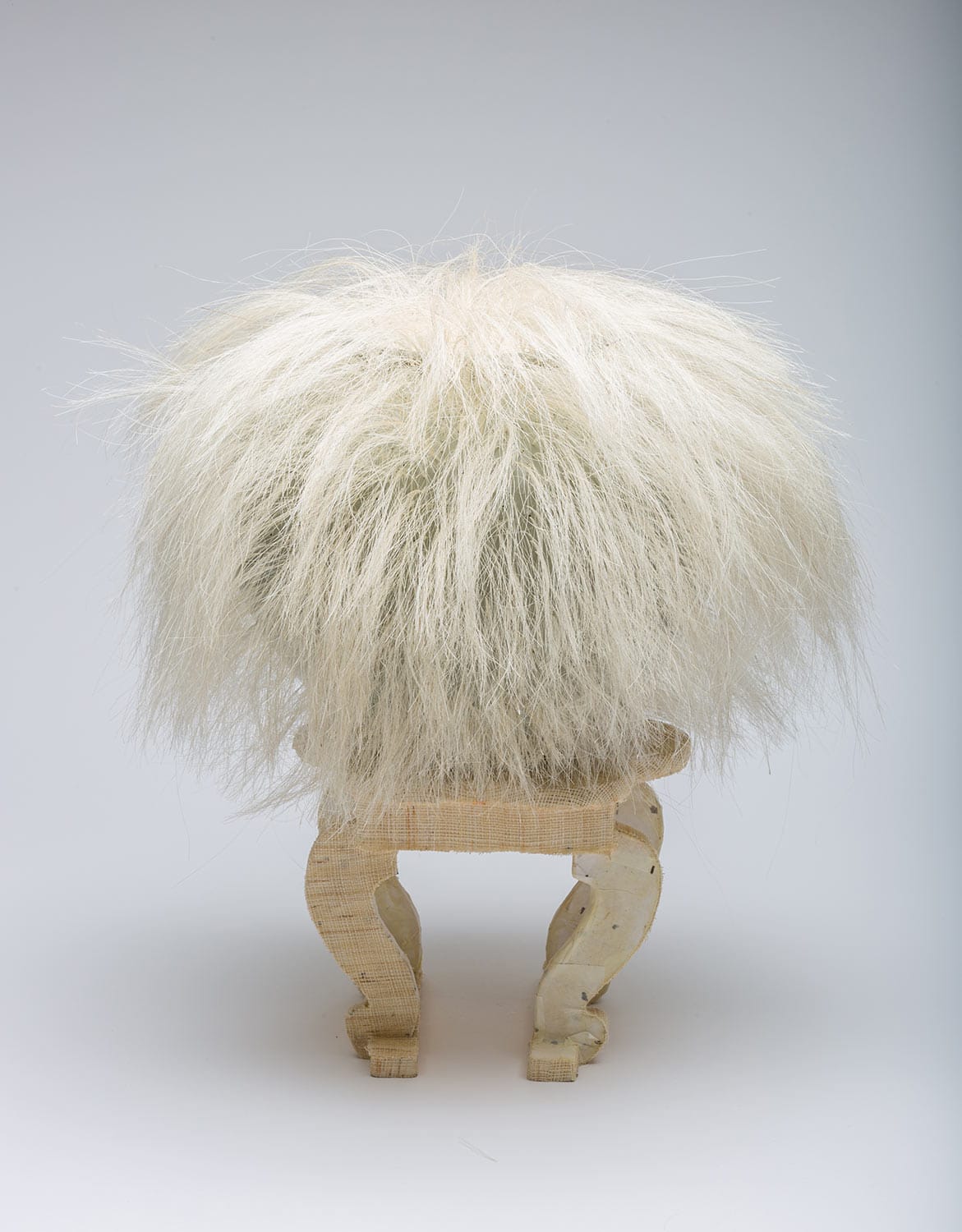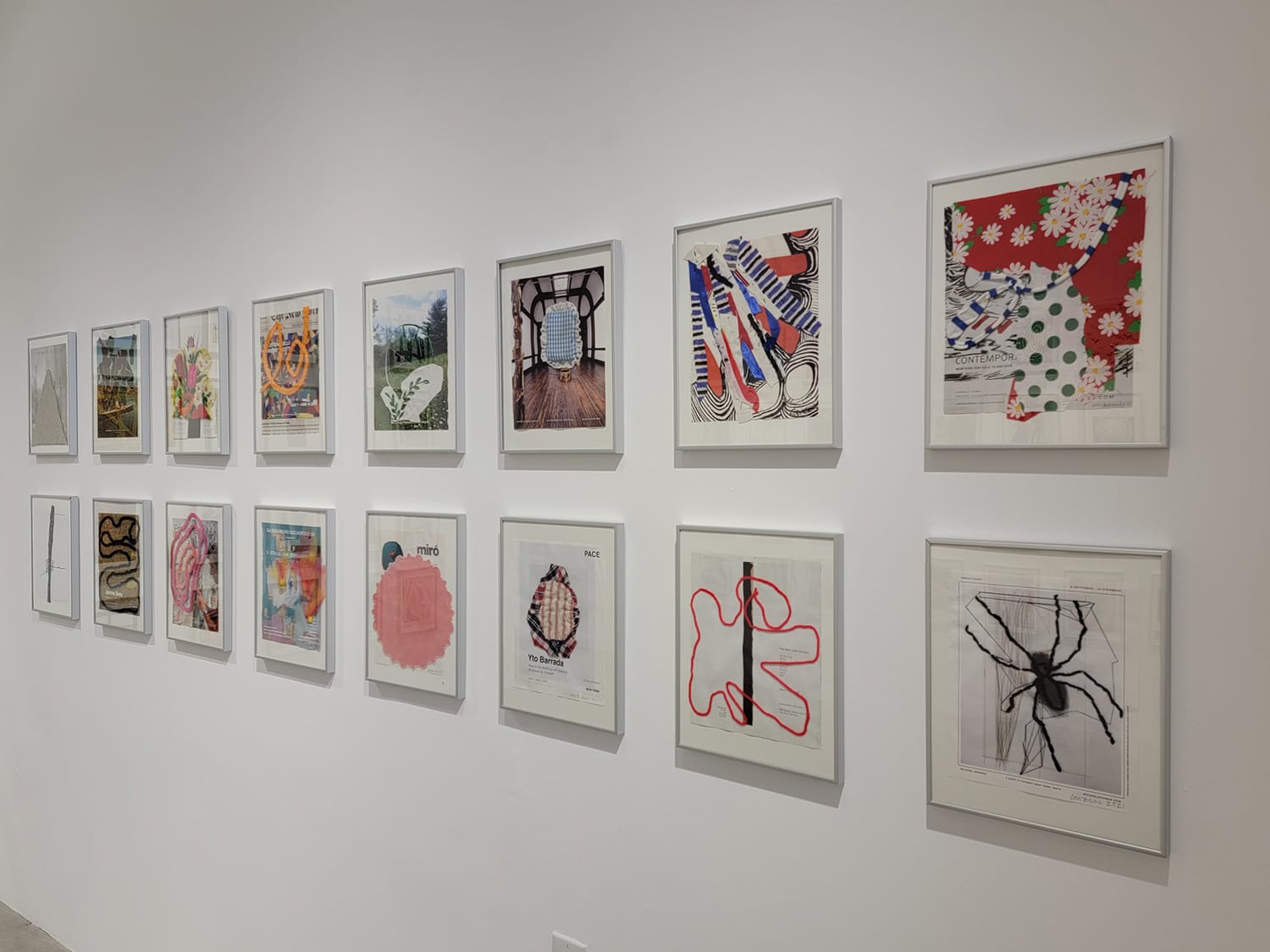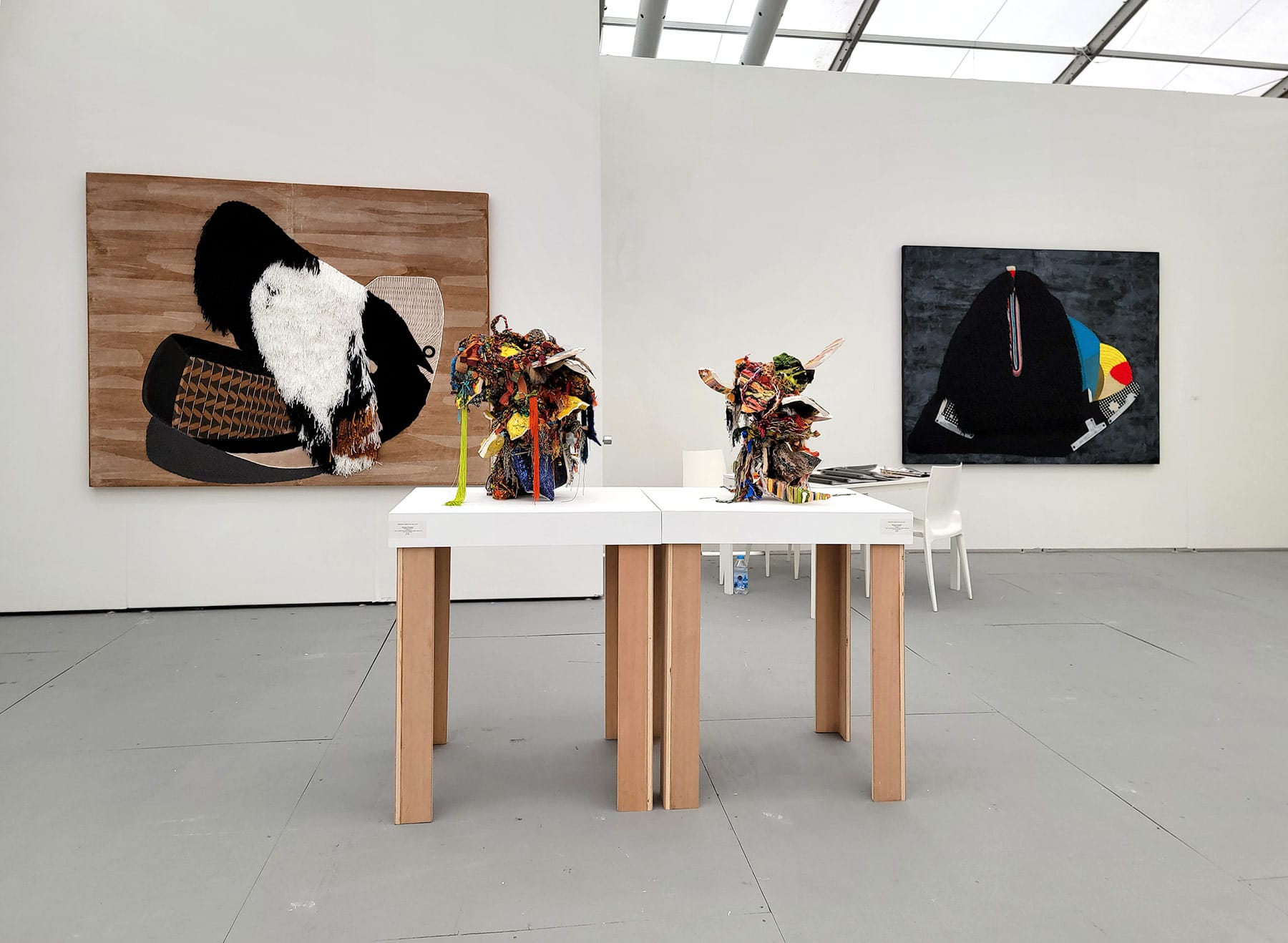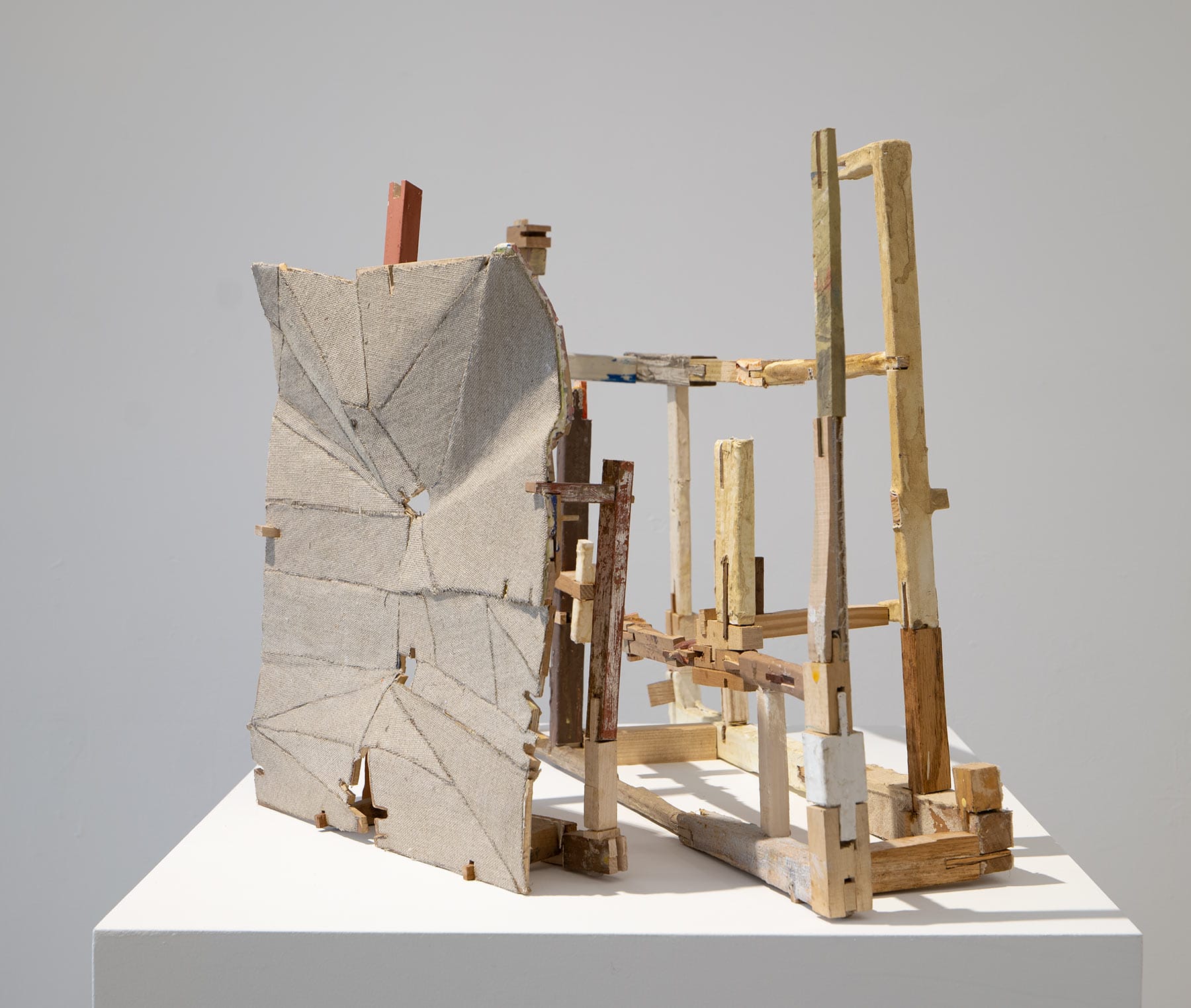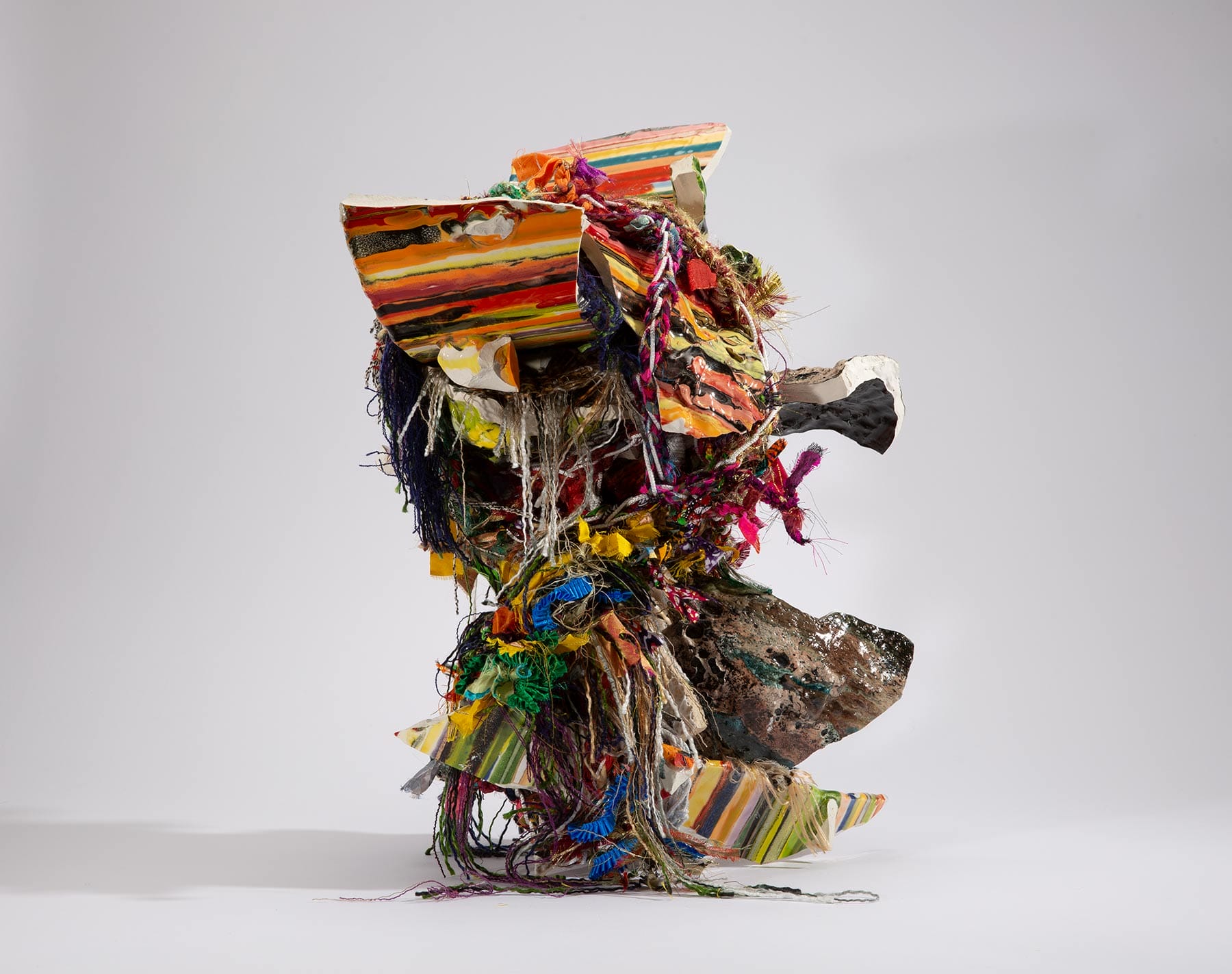PATRICIA SWEETOW – PATRICIA SWEETOW GALLERY – SAN FRANCISCO
*Featured photo: Courtesy Patricia Sweetow Gallery
Patricia Sweetow founded the gallery that bears her name in 1997 in downtown San Francisco. In twenty-five years, the gallery has offered exhibitions that embrace a plurality of contemporary art languages, expressed by artists from different cultural backgrounds. The protagonist of this adventure tells us all about it in an exclusive interview for ArteMorbida.
What is Patricia Sweetow Gallery’s recipe for success?
Thank you for the compliment, success is an altogether elusive concept. I think about visibility for the ideas and artists that comprise the gallery. My job is a puzzle, with foundational concepts that are important to the identity of the gallery. From those considerations I flesh out parts, filling holes, refining direction, looking, thinking.
Many of the gallery artists articulate ideas through crafting techniques, their work is smart, charged and compelling. I think you’ll find exhibitions have consistent threads, addressing diverse voices conceptually driven by their materials. I view material as the body politic, defining all aspects within disciplines and relationships, looking back at history, to the present, or speculating on the future. That’s a tall order, but those intersections keep me focused.
The contemporary art sector is evolving very quickly and the pandemic of the last two years certainly has not facilitated the work of all art insiders. How has your gallery’s activity changed over time, from its foundation to today? And how has the role and mission of art galleries like yours changed, in your experience, towards the public?
The gallery opened in San Francisco in 1996. At that time paperless technology wasn’t extensive, at least not at a small business level, thus no internet, blogs, email, zoom, platforms. The primary means of communication was print and telephone. In San Francisco there were two major newspapers, both with a full-time art critic; a weekly newspaper focused on the arts; a bi-weekly publication devoted entirely to the visual arts, along with writers for all the art magazines. Unfortunately the majority of that is now gone.
Today we have a much expanded global opportunity to reach beyond our regional boundaries through the internet. Thus we have the phenomenon of online communities, which I rather like, but it also means there’s a significant increase in noise, which we all experience. The reliance on social media is enormous, replacing most correspondance and printed materials. Graphics are easily developed and shared. We’ve received a megaphone, with everything having equal importance.
I like certain social media, I don’t use everything. Strategies for how and when to use media differ from gallery to gallery, however the reliance on technology is significant. Technology has not changed the mission of the gallery, however getting people in a brick and mortar to experience exhibitions is far more challenging. Unfortunately online viewing for some, replaces in person viewing.
What are the parameters and the ways in which you select the artists to be proposed by the Gallery? Do you generally work with American artists or do you draw from the international scene as well? And what relationship is established between the artist and the Gallery?
The parameters I look for in an art practice are focus, how their practice aligns with who they are, along with an understanding of their materials, if relevant, the cultural, diasporic and colonial aspects being addressed, along with just exactly what they’re saying. In the end of course, there has to be some representation that offers a unique voice.
America today is a very complex place; who is American, what is America, who belongs, our colonial history – all are being examined with a vigor that is challenging and exciting to experience and see. The artists in the gallery come from different backgrounds, many as immigrants, or first generation, examining cultural, historic, and social assumption’s / dilemma’s, I’m in heaven with the provocation they offer.
Where an artist calls home is of no consequence, what they say is.
What is the audience that attends your Gallery? How would you define the response to contemporay art in San Francisco?
I think the audience is as diverse as the artists, or becoming so, it’s what I always hoped and it’s beginning to happen. The audience has no borders.
San Francisco is a beautiful city with very good galleries. The visual arts footprint is not large, but it’s a city true to it’s heritage – bust or boom. The future has yet to be written.
What are the positive and negative aspects, in your opinion, of the use of digital channels – virtual visit, online shop, social profiles, etc. – for contemporary art? And which of the traditional channels – monographic publications, exhibition spaces, participation in fairs, etc.?
Digital channels are the primary source of communication and marketing, as I mentioned, there’s a lot to sort through. Print media is exciting, necessary, but limited. Fairs have more presence and excitement since we’ve spent the past two years isolating. Exhibition spaces began to decline during the recession of 2008, they appear, disappear, that cycle will continue to play out depending upon economic circumstances.
Fiber Art is experiencing a moment of great fortune in contemporary art with artists, both established and emerging, of great talent (some of them are also represented or proposed by your Gallery): what do you think are the most interesting features of this art language? And what are the reasons for this renewed interest both of the art insiders and the public after decades of oblivion following the 60s/70s of the last century?
Material and the understanding of its place in history, especially as an inclusionary and exclusionary marker, has renewed exploration and recontextualizing of origins and concievable outcomes. I think the marriage of materials with origin stories is exhilerating. How artists mine and explore fiber as a media is innovative, breaking boundaries.
My understanding of the fiber movements of the 60’s & 70’s presented a different focus, more wearable, decorative, functional, less transgressive in the orthodoxy of fine art, although there were some – regardless material is inherently political, no matter the time.
What would you recommend to a young artist who is now approaching the art market?
Get out, look and ask questions.
What would you suggest to who wants to approach contemporary art for the first time?
Just get out, look, read, ask questions and begin collecting.
What are the Gallery’s short-term projects?
I have many projects, but I am particularly excited to bring a selection of oil paintings by artist Cornelia Schulz to the first in-person iteration of Intersect Palm Springs opening February 10th. Schulz’s body of small format, shaped canvas oil paintings is celebrated with a stunning catalog which will be available at the fair. Her career began in the early 60’s with new paintings that are breathtaking! Her tie-in with Los Angeles during the heyday of the Los Angeles Art Institute, now Otis lends more excitement to her solo presentation. In addition, I will be presenting her work as a solo exhibition at the gallery in March 2022, along with an exhibition of Elisa D’Arrigo, whose ceramic sculpture was singled out in the New York Times in 2021.
